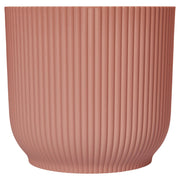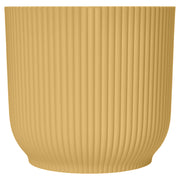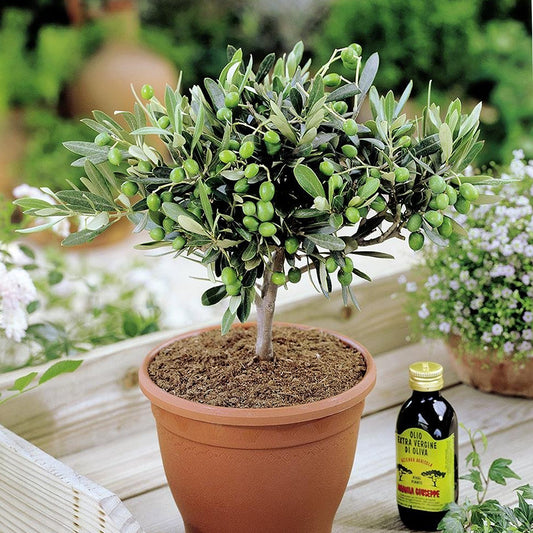Product description
Baby Senecio Herreianus Purple Flush, also known as String of Bananas, is a small succulent plant, with uniquely shaped, plump green leaves which grow along purple, trailing stems which cascade over the edges of the pot creating a beautiful waterfall effect.
Place your Senecio Herreianus Purple Flush plant in a spot where it can receive bright, indirect sunlight throughout the day where it can thrive. It is a drought tolerant plant and it will only need to be watered again once the soil has dried out completely.
This baby houseplant is perfect for any plant lovers, new or experienced thanks to its rare and unusual appearance. Its miniature size means it’s perfect for anyone with smaller spaces to fill, whether it be a smaller living room or hallway, or a desk of shelf.
It’s not unusual to give your plant a name… so don’t hesitate to choose one that you think suits the plant! Try naming your plant with the first name or word that you think of when you look at it - that’s how we ended up with an orchid named Clover and spider plant called Joseph.
Plant specs, care guide & tips
Key features
Specifications
Instructions
Top Tip
Senecio plants thrive in neglect, making them an ideal choice for low-maintenance gardens or indoor displays. Place them in bright, indirect sunlight for optimal growth, as excessive shade may cause leggy growth. Prune leggy or damaged stems to maintain a compact shape and promote new growth. For potted plants, use a cactus or succulent soil mix to ensure the right balance of nutrients and drainage.
How to Water
Senecio requires minimal watering, as it is highly drought-tolerant. Allow the soil to dry out completely between waterings, and avoid overwatering, as this can lead to root rot. During the growing season, water sparingly, focusing on the soil rather than the foliage. In winter, reduce watering significantly, as the plant enters dormancy and requires less moisture. Ensure pots or containers have adequate drainage to prevent waterlogging.
How to Plant
To plant Senecio, choose a sunny location with well-draining, sandy or gravelly soil, as these plants thrive in dry, airy conditions. Prepare the planting area by loosening the soil and adding grit or sand if needed to improve drainage. Dig a hole slightly larger than the root ball and place the plant carefully, ensuring the base of the stem sits above the soil level to prevent rot. Backfill gently, firm the soil around the base, and water lightly. Space plants to allow good air circulation, especially for spreading varieties.




























